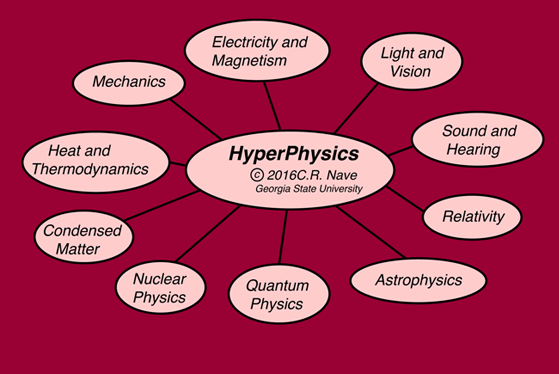The first list, List 1, is a pretty neat tour of the basics of physics. One of the most striking problems of a new comer to physics, is that to understand one topic, you need to know another. Fortunately you can learn the physics in ways that will avoid that unfortunate catch 22. The following list has been carefully constructed to make sense, and be interesting (which, honestly, it is!).
This list is best followed in numerical order. With that in mind, entry 11 should be done at the same time as the rest (as needed).
Future posts for List1 will be in reference to this list. If you are following this list, then keep an eye out for the relevant posts, as there will be more than one for each entry!
To construct this list, the AQA website was occasionally viewed, as the first level is at a similar level to A Level. Although AQA had a quite nice syllabus, it was rather dull and old fashioned, despite being updated in the last 5 years. This first list is intended to be self contained, however it will also do a lot for a revision list! The list is by the muon Academy, but in-case you would like to see how the AQA compare, see the following link.
AQA A-level Physics A:
http://web.aqa.org.uk/qual/gce/science/physics-a-materials.php
Read More »
This list is best followed in numerical order. With that in mind, entry 11 should be done at the same time as the rest (as needed).
The List
- Particle Physics
- The Particles
- Particle Behaviour (phenomena)
- Mechanics (Motion)
- Circular and Straight Motion
- Motion of a State
- Gravity
- Newtons Law
- Strength and Potential
- Electromagnetism
- Coulombs Law
- Strength and Potential
- Electronics
- Current, Voltage and Resistance
- Statics
- Nuclear Physics
- Structure and Energy
- Radiation
- Thermodynamics
- Laws and Engines
- P, V, T and Energy relations
- Astrophysics
- Telescopes and Stars
- Cosmology
- Medical Physics
- Eyes and Ears
- Measurements and Imaging
- The Evolution of Physics
- Paradigm Shifts
- Mathematics
- Algebra and Logarithms
- Geometry
Future posts for List1 will be in reference to this list. If you are following this list, then keep an eye out for the relevant posts, as there will be more than one for each entry!
To construct this list, the AQA website was occasionally viewed, as the first level is at a similar level to A Level. Although AQA had a quite nice syllabus, it was rather dull and old fashioned, despite being updated in the last 5 years. This first list is intended to be self contained, however it will also do a lot for a revision list! The list is by the muon Academy, but in-case you would like to see how the AQA compare, see the following link.
AQA A-level Physics A:
http://web.aqa.org.uk/qual/gce/science/physics-a-materials.php



